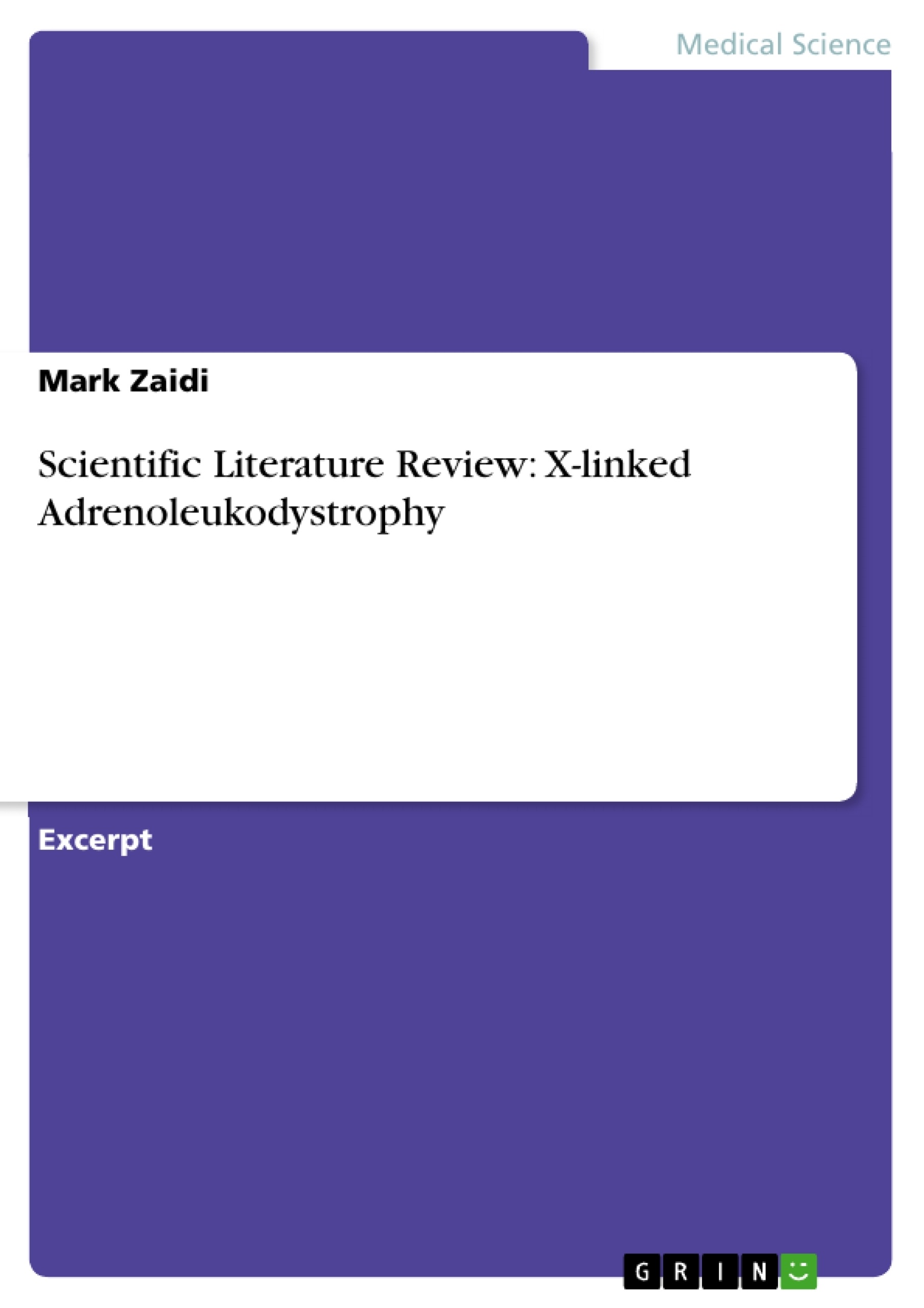In 1984, there was a young boy named Lorenzo Odone. He was a gifted child who was fluent in not only English, but French and Italian as well. Unfortunately, shortly after his 6th birthday, he experienced several unusual symptoms, such as speech problems, worsening hand-eye coordination, and decreased hearing. His mother recalls the day during which she was reading him a story, and as he snuggled up to her, Lorenzo complained that he could not hear well. Shortly after that, Lorenzo was diagnosed with X-linked Adrenoleukodystrophy (X-ALD).
X-ALD is a rare and irreversible disease, which progressively degrades the brain and nervous system. Doctors had given him 2 years left to live. However, his father, Augusto, was not ready to give up. Regardless of having no prior medical knowledge, Augusto devoted his life to finding a cure for X-ALD. Even though he was unable to cure Lorenzo (and X-ALD for that matter), he managed to prolong his life for two decades, thanks to a medicine he invented, named “Lorenzo’s oil”, in memory of his son. This story is an example of how one man’s love for his son sparked scientific research in the treatment of a debilitating disorder. Even though there is no strong scientific proof that Lorenzo’s oil helps decrease the effects of X-ALD, it undoubtedly increased the quality of Lorenzo’s life.
Inhaltsverzeichnis (Table of Contents)
- Introduction
- Topic Statement
- Case Study
- Genetics
Zielsetzung und Themenschwerpunkte (Objectives and Key Themes)
This scientific literature review explores the genetic, metabolic, and clinical aspects of X-linked Adrenoleukodystrophy (X-ALD) through case studies. It aims to provide a comprehensive understanding of the disorder, including its genetic basis, the biochemical processes involved, and treatment options. It also delves into areas of future research.
- Clinical Manifestations of X-ALD
- Genetic Basis of X-ALD
- Metabolic and Biochemical Aspects of X-ALD
- Treatment Options for X-ALD
- Future Research Directions in X-ALD
Zusammenfassung der Kapitel (Chapter Summaries)
The introduction provides a background on X-ALD, highlighting the story of Lorenzo Odone and his father's efforts to find a cure for the disorder. The topic statement outlines the scope and objectives of the review, emphasizing the focus on case studies and the exploration of genetic, metabolic, and treatment aspects of X-ALD.
The case study section presents three case studies showcasing the diverse clinical manifestations of X-ALD. These cases demonstrate the variability in symptom presentation, including hearing loss, motor dexterity issues, and elevated levels of Very Long Chain Fatty Acids (VLCFAs). The section also highlights the role of Magnetic Resonance Imaging (MRI) in diagnosing X-ALD.
The genetics section discusses the location and function of the ABCD1 gene responsible for X-ALD. It explains how mutations in this gene affect the production of Adrenoleukodystrophy Protein (ALDP), leading to the accumulation of VLCFAs in the body.
Schlüsselwörter (Keywords)
X-linked Adrenoleukodystrophy (X-ALD), ABCD1 gene, Adrenoleukodystrophy Protein (ALDP), Very Long Chain Fatty Acids (VLCFAs), Magnetic Resonance Imaging (MRI), case studies, clinical features, genetics, metabolism, treatment options, future research.
- Quote paper
- Mark Zaidi (Author), 2014, Scientific Literature Review: X-linked Adrenoleukodystrophy, Munich, GRIN Verlag, https://www.grin.com/document/285279



